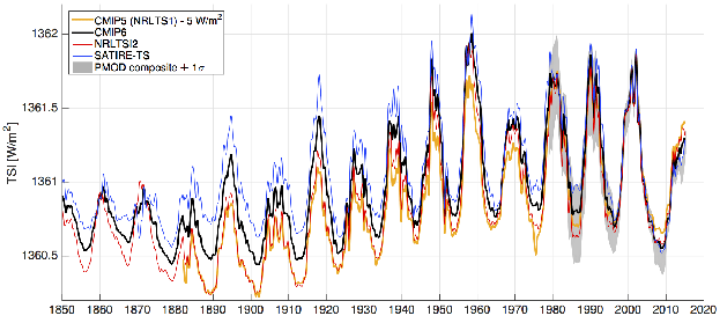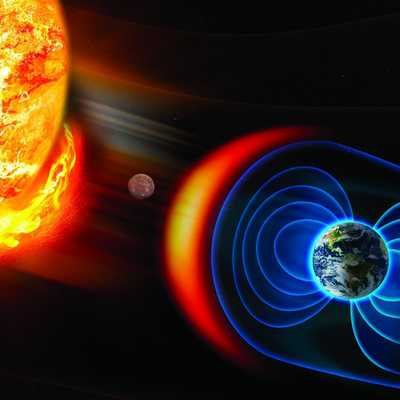1) How is the solar wind heated and accelerated?
The environment between the Sun and the Earth is also a formidable astrophysical laboratory, which reproduces on a smaller scale physical phenomena that act elsewhere in the universe. The study of the solar wind confronts us with one of the great questions of contemporary physics: how is this wind emanating from the Sun (whose surface is close to 6000 ºC) accelerated and heated to temperatures exceeding one million degrees C?
Following the launch of the Solar Orbiter (ESA, 2018), Parker Solar Probe (NASA, 2020) and BepiColombo (ESA/JAXA, 2018) satellites, we are exploiting a rich harvest of in situ measurements of the solar wind thanks to our magnetic sensors (on Solar Orbiter and Parker Solar Probe) and to a mutual impedance probe (on BepiColombo). Parker Solar Probe, in particular, is the first satellite to have penetrated deep into the solar atmosphere, in the vicinity of the region where the solar wind is accelerated.
We compare these solar wind data with theoretical models, and more particularly with beam-plasma interaction models that describe the generation of waves associated with the propagation of electron beams in an inhomogeneous medium.
One of our specialties is the development of data analysis techniques that include wavelet transforms and blind source separation. These techniques allow us to better understand the role of coherent structures in the solar wind turbulence.
2) How to better predict the impact of solar radiation on our atmosphere?
The Earth’s space environment is permanently exposed to variations in solar activity, some of which can have a direct impact on us and on our technologies: satellite malfunction, disrupted radio communications, loss of GPS location, etc. An emerging discipline, called space meteorology, aims to better understand these variations in activity and to predict them.
Thanks to several European projects (SOTERIA, ATMOP, SOLID),we have developed new skills in the study of the variability of solar radiation (especially in the ultraviolet) and its impact on the upper atmosphere. In particular, we have highlighted the systematic and dominant character of visible light radiation in the total energy of solar flares.
These competences are used to develop operational products for space meteorology, and in particular new solar activity tracers to improve satellite orbit forecasting. These studies are done in partnership with CNES (https://spaceweather.cls.fr) and in the framework of the European Space Situational Awareness program.
3) How to better quantify the role of the Sun in climate variations?
By analogy with classical meteorology, it is now also a question of space climatology, in which we seek to better understand the evolution of the space environment over longer periods of time, ranging from one year to a century, and beyond. One of the major issues here is the impact of solar variability on our terrestrial climate.
In order to respond to the high expectations on the presumed link between solar activity and global warming, we coordinated from 2011 to 2015 a large European network (TOSCA) o assess the known mechanisms. In particular, we have contributed to reconstruct the solar activity from 1850 to today (see image below); these data have been used as reference for an IPCC report.

Contact LPC2E : Thierry Dudok de Wit (ddwit@cnrs-orleans.fr)

